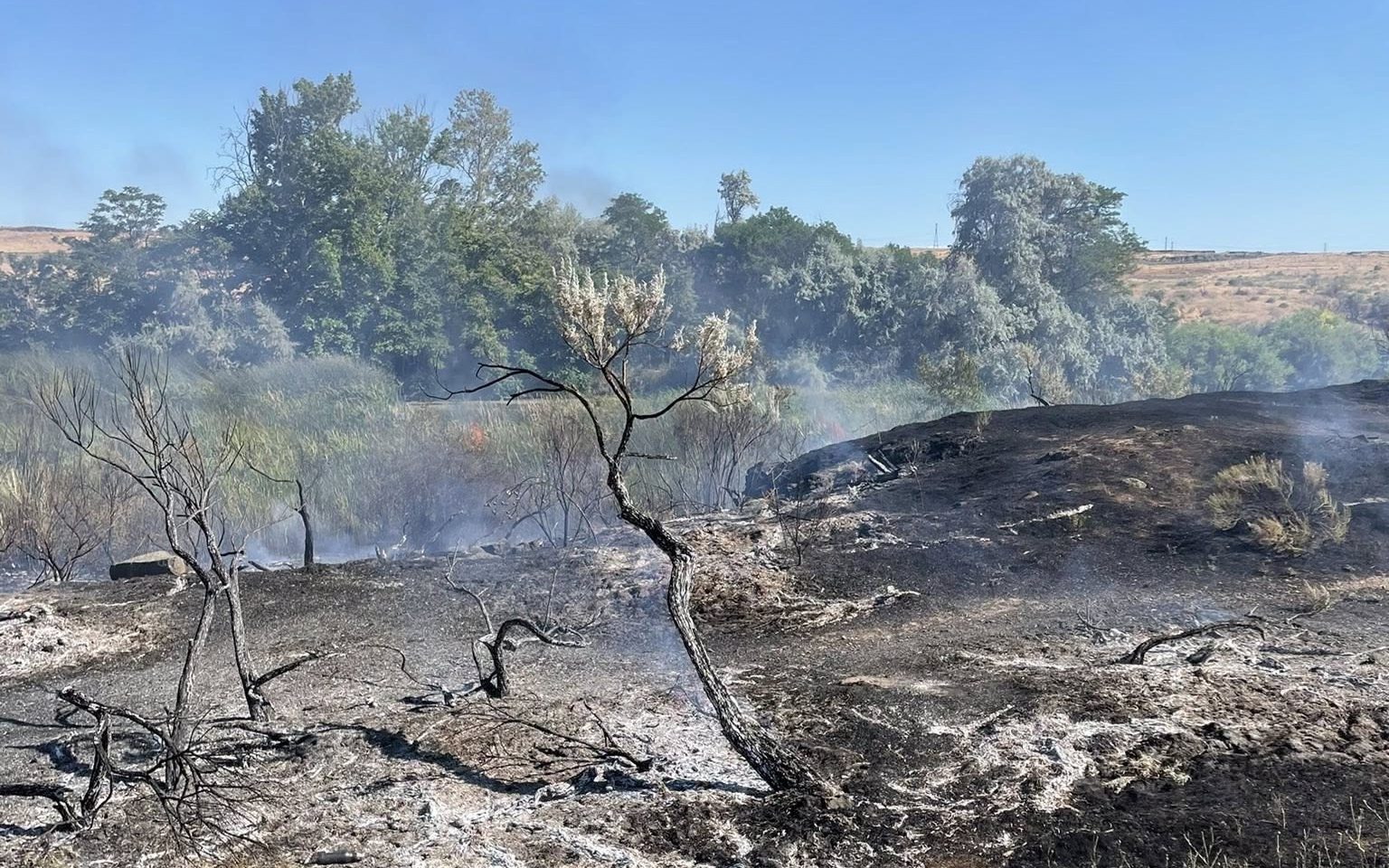‘Wiking’ the Willamette Valley’s vineyards
Published 7:00 am Thursday, September 9, 2021

- Hikers at Left Coast Vineyards can enjoy the oak forest reserve.
RICKREALL — Visitors who linger at a vineyard or winery are likely to buy more wine. That marketing theory, touted by many vineyard owners, heads the list of reasons many Oregon wineries have added hiking trails to their lands.
The trend has given rise to the term “wiking,” combining Northwesterners’ love of wine and hiking.
But marketing is not the only reason some have opened self-guided hiking trails around their vineyards.
Bob Pfaff, whose family in 2003 founded Left Coast Winery west of Salem in the Van Duzer corridor, points to the 100 acres of oak woodlands running through the winery’s 500 acres, and confesses: “When we came here, we didn’t know about oak. We evolved into environmentalists.”
Very little of the Willamette Valley’s original oak woodlands and savannas are left, Pfaff said. Part of the Pfaff family’s hope in building the 1-mile loop trail through their oak stands is to share with their visitors this rare resource. The shady loop through oak woodlands borders portions of the vineyard. It is open to visitors during tasting room hours. The winery’s annual Run for the Oaks each August winds through the vineyard’s roads and parts of the trail. Race proceeds are dedicated to the winery’s oak restoration project.
Forty miles south at Tyee Wine Cellars, Dave Buchanan, a former research biologist, also maintains his 2-mile trail for sentimental and conservation reasons. He is the fourth of five generations of his family to farm the 460 acres. Before his family put 250 acres into native woods and a wetland preserve, sheep had forged a trail past ponds, oak woodlands and ash swales. Buchanan turned the sheep trail into an interpretive loop.
Now, hikers forge hazelnut groves, view ancient farm tools, rest at picnic tables, and pass native trees, flowers and wildlife ranging from ducks to foxes and elk. In a forest of ash trees, Buchanan stops to in an ash grove to marvel at the age and size of the normally short-lived trees, some of which top 120 feet and 150 years old.
Visitors can stop in at the tasting room to get the interpretive trail map.
For majestic views of the Willamette Valley, walk any portion of the 2-mile perimeter of Eola Hills’ Legacy Estate Vineyard, 8 miles west of Salem on Oak Grove Road.
Tom Huggins, founder of Eola Hills Winery, gestures at the view from a plateau near the top of the 162-acre Legacy vineyard, part of 300 acres the winery owns in the Willamette Valley. Currently winery hikers can skirt two miles of gravel roads and trails through the steep hillside vineyards. Along the shady forested bottom, quaint bridges, grassy clearings and camping sites attract visitors for family reunions, weddings and other events.
The Legacy Vineyard is home to Eola Hills’ second tasting room — the central winery is on Highway 99W in Rickreall. The Legacy Vineyard is also a stop for Harvest Host, an RV camping club that allows members to stay at wineries, breweries and farms all over the U.S.
To accommodate the growing interest in “wiking,” Huggins is clearing more trails and has added a touristy line of “wiking” hats and scarves.
Established in 1983, Yamhill Valley Vineyards’ 150-acre estate west of McMinnville invites hikers to check into the tasting room for a map of trails through the vineyard. There are two routes — one an easy 1.5-mile walk through the lower vineyards, and the other a mile-long climb to the hilltop, climbing from 200 to 600 feet. Both offer vistas from the foothills of the Coast Range across the Yamhill Valley and beyond. The trail maps point out blocks of Pinot noir, Pinot blanc, Riesling, Chardonnay and Pinot gris. Winery staff suggest first making a reservation for wine tasting before a hike.
Jenny Burger, general manager at Yamhill Valley, said they opened the trails last summer to provide pandemic-weary visitors with an outdoor relief.
“It felt like everyone was cooped up and needed space and a sense of freedom to move about amidst the restrictions of the pandemic. So we opened up the trails to give people a safe way to get away from others, be in nature, and experience the growing vines and active vineyards, something we find to be grounding, peaceful, and beautiful,” she said.
Many other Oregon wineries offer self-guided hikes, or expert-guided hikes complete with food and wine.
Before hiking any vineyard, call or check the website to establish hours and rules.






